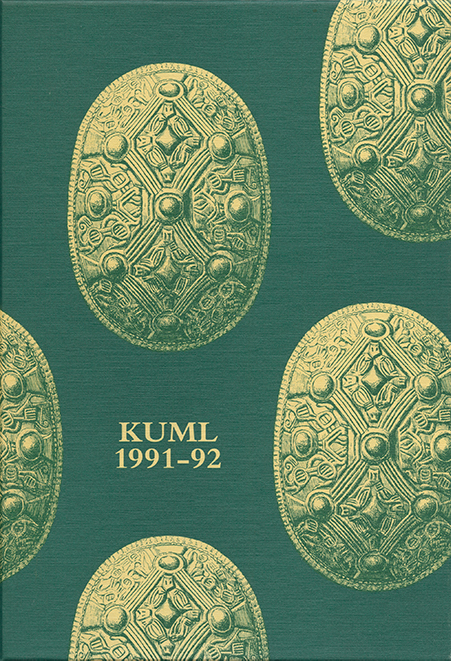Enkeltgrave fra Rødding-egnen
DOI:
https://doi.org/10.7146/kuml.v38i38.111325Nøgleord:
Enkeltgrav, rødding, enkeltgravskulturResumé
Downloads
Publiceret
1992-12-04
Citation/Eksport
Sørensen, A. B., & Liversage, D. (1992). Enkeltgrave fra Rødding-egnen. Kuml, 38(38), 53–70. https://doi.org/10.7146/kuml.v38i38.111325
Nummer
Sektion
Artikler
Licens
Fra og med årgang 2022 er artikler udgivet i Kuml med en licens fra Creative Commons (CC BY-NC-SA 4.0).
Alle tidligere årgange af tidsskriftet er ikke udgivet med en licens fra Creative Commons.


